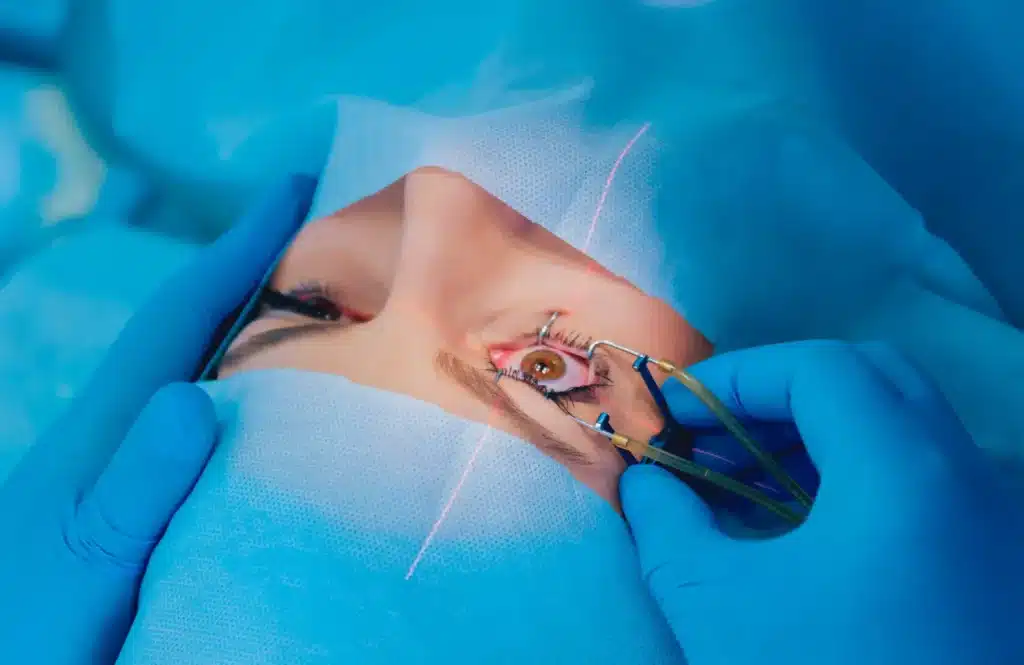Chemical peel treatments are used to treat skin conditions and reduce signs of aging. They involve the application of an acid solution onto the skin, which exfoliates layers of dead and damaged cells. This leaves you looking fresh-faced and fabulous!
Chemical peels can:
- Reduce fine lines and wrinkles;
- Even out your skin tone;
- Reduce the appearance of acne scars;
- Give you a youthful glow;
- Give you smoother skin;
- And reduce hyperpigmentation.
Get rid of acne scars with chemical peels
- Salicylic Acid Peels: The mildest form of chemical peel treatments, these peels break down oils on the outer layer of the skin to clear pores. They also peel away the outer layer of the skin, helping to reduce your acne scars.
- Glycolic Acid Peels: When used on the face, glycolic acid sloughs off the outer layers of the skin, exposing new skin below. This new skin layer is less affected by acne scarring, making your face look refreshed. For best results, undergo multiple treatments in a row: this light peel has virtually no side effects, allowing your skin to heal quickly in between sessions.
- Trichloroacetic Acid Peels: These treatments are stronger than glycolic acid peels, working to strip away the outer layers of the skin. Because these treatments penetrate the skin more deeply than glycolic acid peels, the recovery time is slightly longer and more intense. For around 1 week after treatment, the skin will become swollen before peeling away to reveal a brighter complexion.
- Phenol Peels: An intense form of treatment, phenol peels may be used to improve acne scars, discoloration, and coarse wrinkles.
Which chemical peel is right for me?
Chemical peels are categorized by the depth of skin they penetrate.
- Light Chemical Peels: These peels only penetrate your epidermis, the uppermost layer of your skin. Mild chemicals such as glycolic acid and salicylic acid are used in these treatments. These peels are best for treating mild skin damage from UV exposure, acne, and aging. For these procedures, you will not need any recovery time.
- Medium Chemical Peels: These peels penetrate the outer layer of your dermis, going slightly deeper into the skin. Stronger chemicals, such as trichloroacetic acid, are used in these cases. These peels are best for reducing moderate wrinkles and lines, deeper acne scars, and age spots.
- Deep Chemical Peels: These peels penetrate the deeper layers of your dermis. Phenol is often used in these treatments to reduce deeper scars and wrinkles.
How much will treatment cost?
As chemical peels are usually considered a cosmetic procedure, your insurance will likely not cover the cost. Light chemical peels can start around $150, while deep chemical peels can cost up to $6,000.
Pros and Cons of Chemical Peels
Pros:
- The procedures are short
- Side effects are usually mild
- They are extremely effective for skin blemishes and skin pigmentation
- The procedure is not complicated
Cons:
- The procedure can be expensive
- The recovery time from deep chemical peels is very long
- Some peels are not recommended for people with dark skin
- With certain peels (i.e. trichloroacetic acid and phenol peels), your skin may react differently to sun exposure
Most of the people who have already done so or are deciding to undergo chemical peel treatments suffer no serious side-effects. Mild chemical peels are a safe option to consider if you have sensitive skin. Deeper layer chemical peels, on the other hand, are not safe for use on sensitive skin. For anyone looking to brighten their dermal complexion, even out the skin tone, diminish the visibility of scars, or even simply reduce certain signs of aging, chemical peels are an effective, non-surgical option. Following the same procedure with any more intensive/invasive cosmetic treatment, be certain you are receiving treatment from a licensed practitioner. Brands producing these types of peel solutions, such as Filorga or Ellanse, are commonly considered, as they offer several peels, catered towards more specific skin types.



















